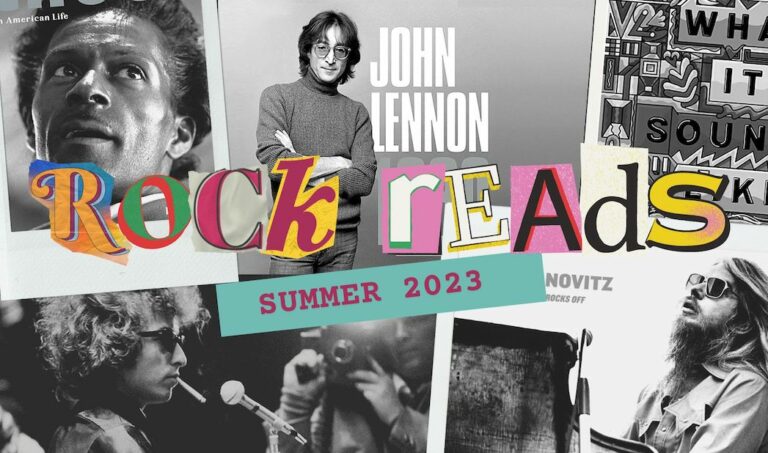Looking for a celebration of music in words to while away your lazy summer days?
Leon Russell: The Master of Space and Time’s Journey Through Rock & Roll History – Bill Janovitz (2023)
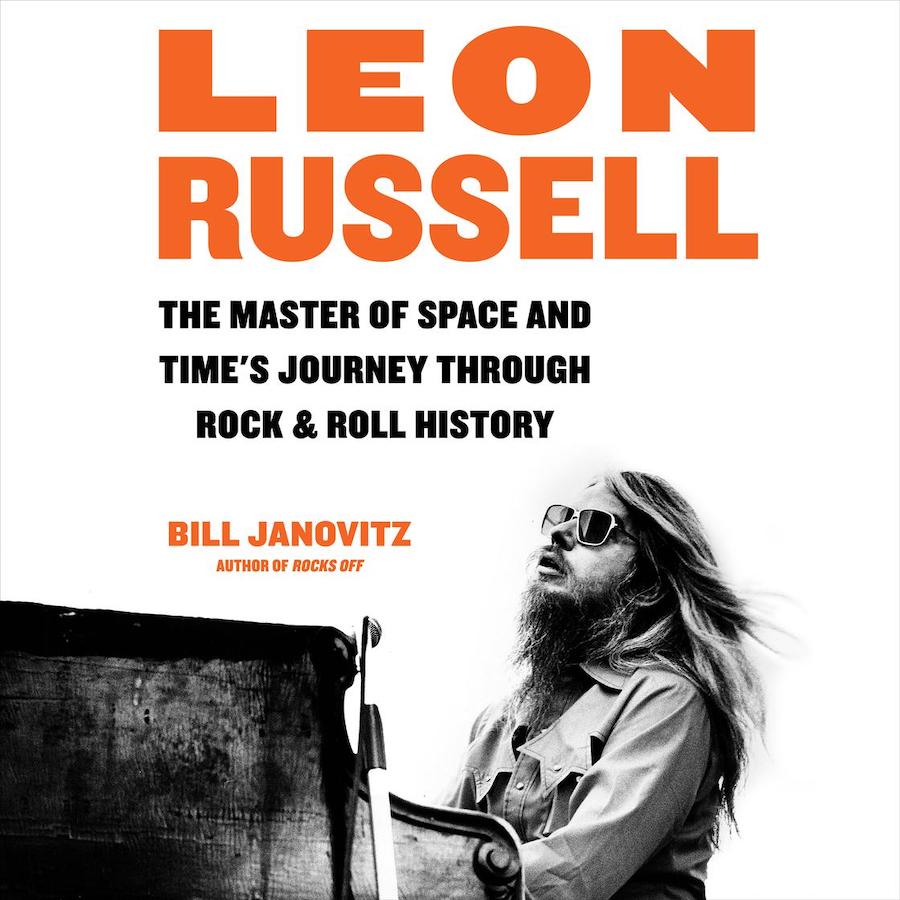
The tale of Leon Russell is an epic one. It is as exhaustive as it is an impassioned telling in Bill Janovitz’s Leon Russell: The Master of Space and Time’s Journey Through Rock & Roll History.
Beginning as a youngster in clubs backing local Oklahoma talent before becoming a master studio cat by playing piano with the famed Wrecking Crew, Russell developed his rollicking soulful style in the employ of Jerry Lee Lewis and Phil Spector. Eventually he became an inspired songwriter through working with 1960s pop sensation, Gary Lewis & the Playboys. He transitioned seamlessly into a kinetic solo performer and then into one of the most idiosyncratic and brilliant bandleaders and technology innovators of the golden age of rock.
Having reviewed Janovitz’s book on the Stones in this space a few years back, I was excited to read his take on this oft noted but barely remembered pioneer of popular music, and his work delivers a frankly overdue synopsis of an artist that spanned the early history of rock and roll and conquered so much of its original genres, like R&B, gospel, and country. It delves deeply into Russell’s psychological and physiological challenges since childhood, his penchant for sometimes life-altering communal living/working environments, and his dogged pursuit of perfection in live performance.
Janovitz goes beyond Russell’s halcyon days of leading Joe Cocker’s infamous Mad Dogs and Englishman Tour, his work with George Harrison on the Concert for Bangladesh, and his unusually close relationship with Bob Dylan to reveal family turmoil, broken marriages, and complicated professional partnerships that paint the most detailed picture of the man and his music.
Russell played, met, or befriended a bevy of influencers as he himself influenced such luminaries as Elton John, who swooped in at the end of this mercurial life to rescue Russell from obscurity and provide his productive life in music the proper landing it deserved before his death in 2016. A fitting end to a complicated but extraordinary career and life.
This is What it Sounds Like: What The Music You Love Says About You – Sudan Rogers and Ogi Ogas (2022)

This is What it Sounds Like: What the Music You Love Says About You is one of the most important books written for the layman on the intellectual and emotional effects of music. In a fun and digestible read, the research and experimentation of two learned minds bring us closer to the way we process rhythm, melody, timbre, and lyrics and what those processes say about our personalities, our history, and our humanity.
Author Dr. Susan Rogers, who owns a PhD in cognitive neuroscience and is currently a professor at the Berklee College of Music, and most famously, Prince’s longtime engineer during his most prolific period of the 1980s, and co-author Dr. Ogi Oga, writer and PhD in computational neuroscience, pool their experiences and resources to help us understand the most ethereal of art forms. Broken into different chapters using music from all genres and wonderfully crafted anecdotes and charts, This is What it Sounds Like, makes the work lively and accessible. Cleverly titled from Prince’s 1984 mega-hit, “When Doves Cry,” it never reads too heady or bogged down with professorial jargon.
For this reviewer, I discovered new aspects of my personality in the music that speaks to me the loudest. Rogers, who is mostly the narrator here, also adds crucial insight into how she as both listener and professional producer/engineer breaks music down and provides trades secrets on how our most admired musical artists use tried-and-true elements to create songs that get under our skin to last forever.
Having just had a book published on the effects of one song on society at large, as well as on personal levels, Take a Sad Song – The Emotional Currency of ‘Hey Jude, I found Sounds Like This a true revelation that reached beyond my research and is a riveting companion piece if you enjoy this exceptional level of analysis.
Rock on Film: The Movies that Rocked the Big Screen – Fred Goodman (2022)
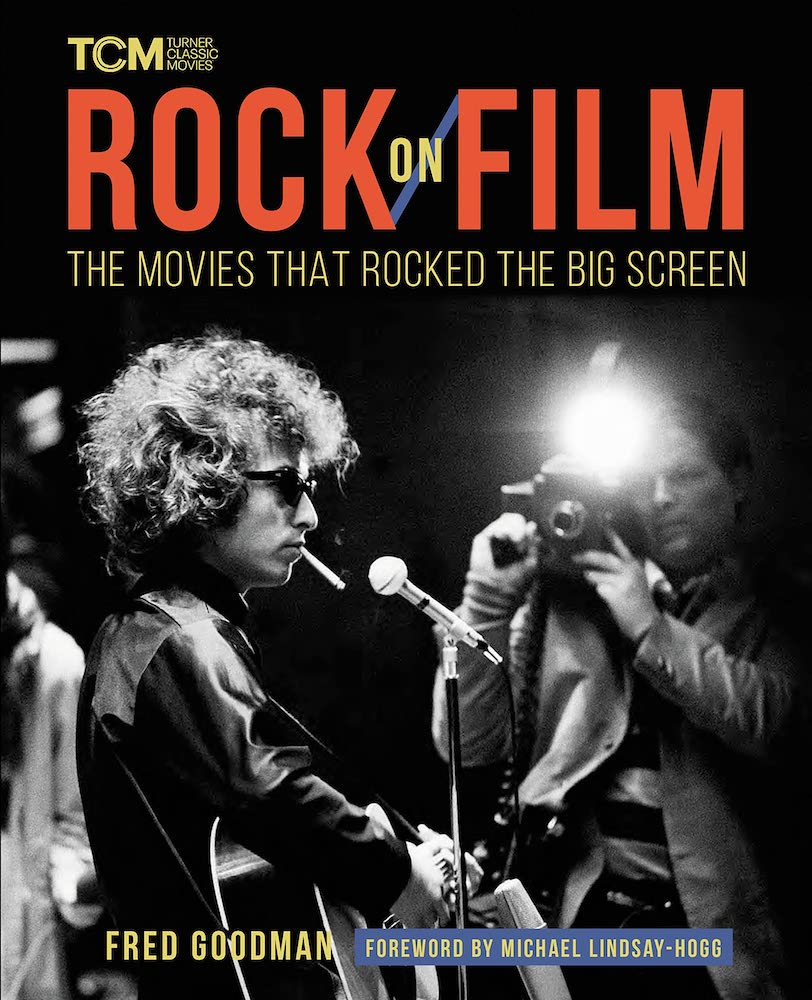
Curated by Turner Classic Movies, Rock on Film: The Movies that Rocked the Big Screen is a comprehensive overview of the entire music/film catalog from documentary to biopic to teen exploitation, concert film, and some of the more outstanding celluloid pieces of ephemera from the rock and roll era. Although handsomely compiled with tons of great photos, movie posters and behind-the-scenes shots, it is so much more. Adorned with essays from music writer Fred Goodman, Rock on Film provides unique perspectives to the most famous and the not-so well-known films featuring the most celebrated artists of the period.
An excellent perk of the book is Goodman’s “Make It a Double Feature” segment for each film, allowing similar titles to consider and provides further analyses of the styles and subjects that can be enjoyed by audiences. The key to Rock on Film is its function as a guide to digest the films while also offering fair but strong critiques of the work. Moreover, the chapter breakdowns of certain genres allow readers to discover their most striking attributes.
Also included are candid discussions with filmmakers, Cameron Crow, Jim Jarmusch, Penelope Spheeris, and Taylor Hackford – and a fine foreword by my friend, the inimitable director, Michael Lindsay-Hogg.
Chuck Berry: An American Life – RJ Smith (2022)
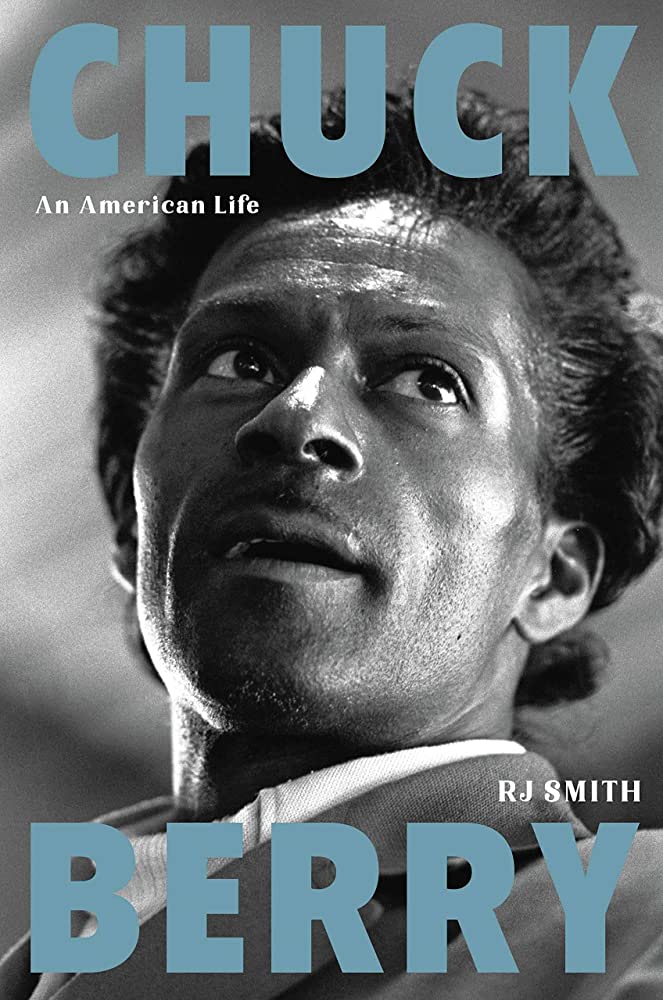
Author RJ Smith has done a great service to the history of rock and roll by penning the most comprehensive and unflinching biography of its most celebrated founder, Charles Edward Anderson Berry. Capturing his import and influence, his experimental brilliance and relentless pursuit of bridging America’s generational and racial divides in his incredible canon, tells only half of Berry’s story. Smith uncovers the origins of the man, his upbringing in the racial and cultural hotbed of St. Louis, replete with mythical musical charms. We come to know the boy who became the man that made the music, built the social walls, and delved into the darkness of his obsessions of money, power-politics, and sexual deviance.
Aptly titled, Chuck Berry: An American Life is a study in American pop culture, it’s heroes and villains, zeitgeist, and fallout. Berry moves through its pages as he did through history as an avatar to our most ardent dreams and horrid nightmares. A deeply flawed and emotionally damaged man emerges from his triumphs and tragedies as a true victim and victor of our country’s agonizing duality. For it is in Berry’s songs, his amiable wit and twinkled eye mixed with his rough and sometimes predatory exterior that we find our national identity. As an artist in the spotlight of a movement, the book argues there may have been no one better or more ill-suited at the same time than Chuck Berry.
After finishing this book, I went and read my eulogy for Berry for this paper back in 2017. I was curious, after learning so much more than I ever did about him – some of it disturbing, some revelatory – if it shifted my final image of him. While it is hard to ignore his crimes, misogyny, or the truths laid bare by his behavior and defiance, it is also rewarding to continue to delve into the genius of Berry’s music, which has outlasted so much of his times and his flaws.
You’re with Stupid – kranky, Chicago, and the Reinvention of Indie Music – Bruce Adams (2022)
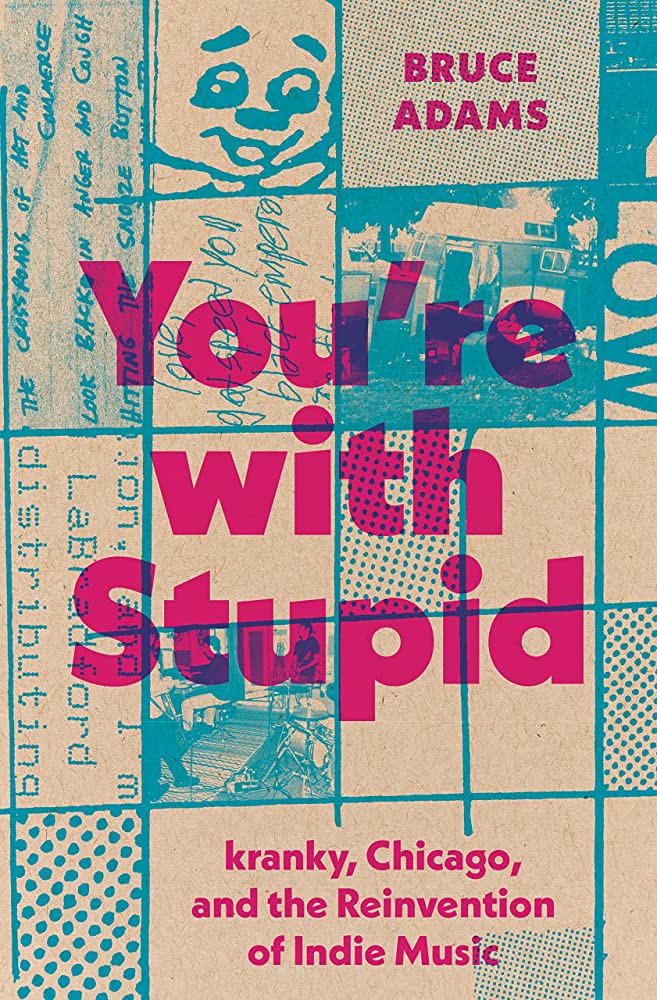
In the early 1990s, during the final years of rock and roll’s dominance on the cutting edge of music after over four decades of growth, expansion, breakdowns, and reinventions, the Indie music scene sprang up in small towns and big cities all around the USA. It was a time of DIY garage rock, electronic experimentation, ambient machinations, pseudo poetry, and a final, genuine return to roots. In the midst of this underground movement that would produce pop acts and perennials, the quick has-been to the never-was, there was kranky records. An independent label from Chicago, birthplace of genre breakthroughs, Smashing Pumpkins and its godmother, Liz Phair, it would join the fray to become part of a template that would reverberate down generations for those who wish to make it without corporate interference picking the pockets of talented dreamers.
The label’s co-founder, Bruce Adams (with fellow music geek Joel Leoschke), has a story to tell from the bleeding fringe of failure and triumph. You’re with Stupid is filled with weird and wonderful tales of a time when how to record, produce, market, and tour music had dramatically shifted away from giant arenas and bloated studios. It was a romantic period of youthful exuberance and carefree passion that Smith captures beautifully. Writing with wit and wisdom, the author brings us into the sights and sounds of promise – something that makes rock and roll still matter.
You’re with Stupid is a primer on how to and how not to go for the brass ring with one thing in mind – find and make music you love and that you wish to share with the world.
John Lennon 1980: The Last Days in the Life – Kenneth Womack (2020)
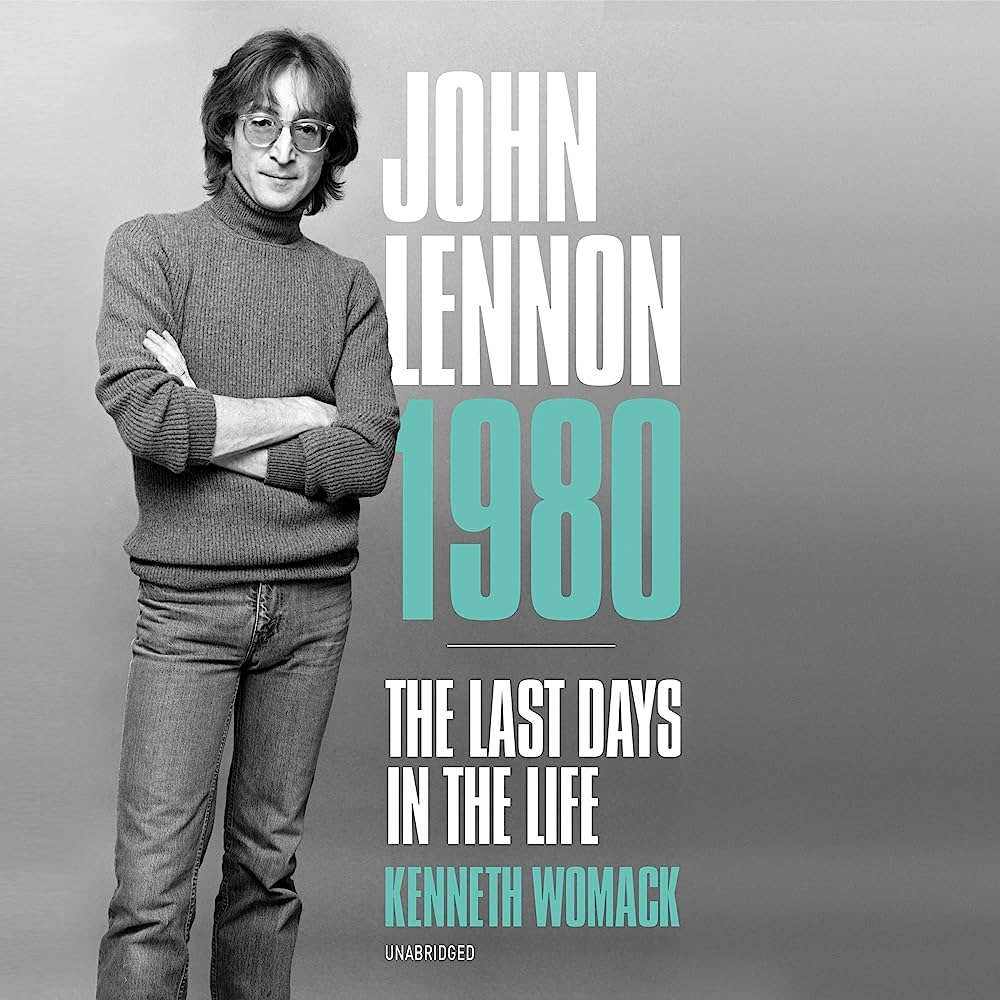
On the 40th anniversary of John Lennon’s death, noted Beatles’ historian and author, Kenneth Womack, accomplished again what he does best: provide us with every detail, nook, cranny, and movement of a Beatles-related story, making it come alive and matter as much as it did then.
I have admired Kenneth’s writing for years, reviewed his books in this space, and recently struck up a friendship through my work on the aforementioned Take a Sad Song. (He was kind enough to lend a blurb to its back cover.) Therefore, I was not surprised when I picked up a copy of his John Lennon 1980: The Last Days in the Life at the Chicago Fest for Beatles Fans – where we both spoke last summer – and could not put it down.
Womack covers the entire last year of Lennon’s life, expertly weaving a story that begins with a peaceful, hermit-like existence of a nearly 40-year-old Lennon doting on his new son, Sean, and traveling to family haunts with his wife, Yoko Ono. Soon, Lennon, as is his wont, becomes restless, takes up sailing, wherein he is plunged into a harrowing life-changing experience on the way to Bermuda and contemplates what he believes will be the rest of a long life ahead. It is this revelation along with being inspired once again by the new music of his old teenaged chum and fellow songwriting genius, Paul McCartney, that fuels Lennon’s to embark on what would be his final album, Double Fantasy.
What struck me the most about the book was the ultimately tragic but heartwarming plans Lennon had to visit his Aunt Mimi, the woman who raised him, for the first time since he and Yoko settled in the United States in the early 1970s, and how he had readied the musicians who worked on his album for a planned world tour. This, as we know, never happened.
Womack gets everyone on the record here: limo drivers, assistants, nannies, producers, studio cats, all of whom usher us through Lennon’s every move, even that fateful week and the terrible day of his murder on December 8, 1980.


